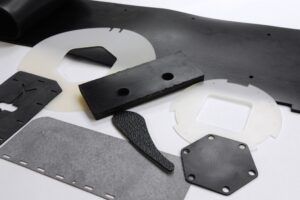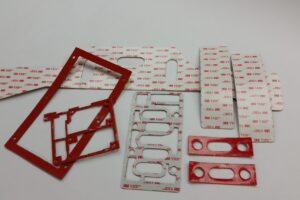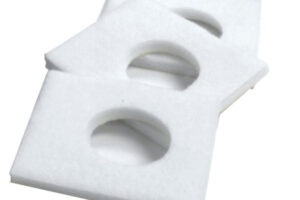CGR Products stocks a large variety of materials for a wide range of applications. Flexible rubber sheeting, adhesive solutions, and fiber materials are just a few of our specialty options. Our Material of the Month series spotlights some of our favorite materials and their unique applications. This month, we’re discussing Felt. What is Felt? Felt…
Material of the Month: Silicone Rubber
CGR Products stocks material choices of all kinds — flexible rubber sheeting, adhesive solutions, and fiber materials are just the beginning of our specialty options. Our Material of the Month series spotlights some of our favorite materials and their unique applications. This month, we’re discussing silicone rubber. What is Silicone Rubber? Silicone rubber is…

Material of the Month: EPDM Rubber
Highly Resistant and Versatile: A Solution for Everyday and Specialty Applications This blog post is the third installment of a new CGR Products content series called “Material of the Month.” The series spotlights some of the unique materials that CGR works with, as well as their common applications. Material selection can…

Material of the Month: Cross Linked Polyethylene (XLPE)
Lightweight, Versatile, Durable: A High Performance Foam Solution This blog is the second in a new CGR Products content series titled “Material of the Month.” The series will spotlight some of the unique materials and their applications that CGR works with. High performance material choices can make all the difference in a project. From sheet…

Material of the Month: Acrylic Foam Tapes
VHB Tapes can replace mechanical fasteners, liquid adhesives and more This blog is the first in a new CGR Products content series titled “Material of the Month.” The series will spotlight some of the unique materials and their applications that CGR works with. Our first material on the list is acrylic foam tape. What is…
